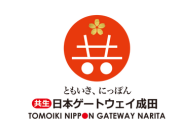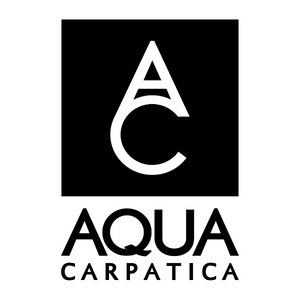Sixteen of Europe’s largest wine cooperatives assembled in the roof of the Pullman Eiffel Hotel in Paris recently, drawn together by the annual Rendez-vous du Vin conference. Engaging with more than 100 buyers from diverse locations, delegates at the conference were surprisingly upbeat – optimistic even. Perhaps the news about declining consumption, bankrupt wineries, climate change and rampant inflation has yet to sink in?
Yet this competitive business model has thrived for over a century – it has triumphed despite global recession and two world wars. Indeed, Europe’s inaugural cooperative, the Cave de Ribeauvillé, was founded in Alsace in 1895. Copycats soon appeared, inspired by the work of Friedrich Wilhelm Raiffeisen and his creation of Germany’s first benefit societies and credit unions.
Today, viticultural associations make around 50% of French, Italian and Spanish wine. But, faced with a myriad of external pressures, will cooperatives still be around in a hundred years’ time?
I attended Rendez-vous du Vin to find out.
Weathering the storm
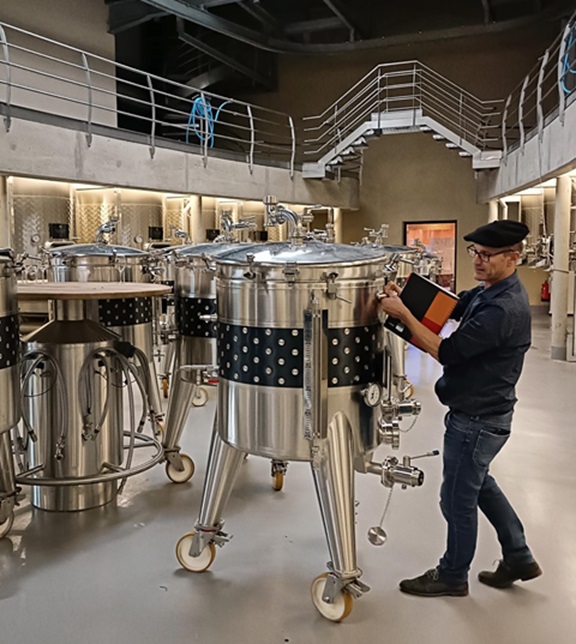
“As you’ve already witnessed, we try to be optimistic about the future of the wine world,” announced Olivier Bourdet-Pees (above), directeur général at Producteurs Plaimont.
“But we are going through a painful transition that will leave many players by the wayside. We know how difficult it will be for so many winegrowers, armed with nothing more than a willingness to pass on traditions to their successors, to face these challenges in isolation – inevitably, there will be human tragedies behind these realities.
“Cooperation was originally created with the primary idea of pooling resources to reduce costs. Now, the wineries united under Rendez-Vous du Vin represent a different fundamental idea: pooling resources to raise awareness, to individually convey our convictions to an increasingly demanding consumer, and above all, as we’ve already discussed, to reinvent how we evolve entire territories to keep them in constant adaptation to the challenges of the moment.”
'We unfortunately had to pass some of these costs onto our customers'In February this year, one of Spain’s key wine companies, Marques de la Concordia Family of Wines, was declared insolvent. This is clearly a pitiful end to a once thriving emblem of Spain’s viticultural landscape. But it is not surprising. High inflation, allied to shifting consumer priorities and climate pressures, has affected producers everywhere.
Philippe Brel, representing the Estandon Coopérative en Provence, told me that “in response to the increase in our production costs, we unfortunately had to pass some of these costs onto our customers”. However, the business also sought to reduce operating costs, “working on our purchasing policy in collaboration with other cooperatives and by reducing the weight of the glass in some of our products”.
According to Brel: “One of our main challenges in 2022-2023, due to this crisis, was managing to deliver [value] to all our customers, occasionally by altering certain packaging. This allowed us to avoid losing any clients during this period, which is a source of great pride for us.”
The consensus that emerged from a series of lively tête-à-têtes was thus: attachment to prelapsarian tradition, however seductive, is a noose around our neck. To survive, wineries need to break with the past.
“In a highly ‘heritage-driven’ world where generations passed down immutable family know-how and convictions, individual businesses were strong and emblematic,” said Bourdet-Pees. “But in a world where adaptation must be constant, we have to inculcate a philosophy capable of attracting human talent and technical/financial resources to continuously invent the projects that allow viticulture to thrive in a given region.
“What individual company can invest €3 million in a year on R&D to find innovative solutions to the major challenges of the coming centuries? It is clear – only a collective movement like Plaimont can action such an ambitious plan for the future.”
Cooperative rewards
An epoch where cooperatives have all but superseded private enterprise, notwithstanding the challenges ahead, seems unlikely. Nevertheless, the coming period may well see a significant number of businesses going bankrupt, while the co-op model offers real advantages – and strong defences.Founded in 1947 as an individual concern, Estandon is a pertinent example of the allure of collectivization. For pragmatic reasons, the firm merged with the Union of Cooperatives in 2005, creating the (hitherto named) Cercle des Vignerons de Provence. Today it unites more than 300 winegrowers, nine winemaking cellars, and 13 private wineries. With the support of 130 employees, it produces 90% rosé wine, exported to more than 50 nations worldwide.
“The cooperative model is, for us, an excellent lever to tackle the challenges of our time,” enthuses Philippe Brel.
'Many of our growers and employees have become shareholders'“We wanted to take it even further by transitioning from a union of agricultural cooperatives to a Société Coopérative d’Intérêt Collectif (Collective Interest Cooperative Society). Thanks to this, many of our growers and employees have become shareholders of Estandon SCIC SAS. This enables all of them to share in the major decisions after discussing them together. The alignment of individual efforts thus becomes our collective strength. This is crucial not only for the sustainability of our production model but also for our commercial drive and our response to societal and market expectations.”
A delegate from Alliance Loire, a cooperative set up in January 2022, described their ethos as “one that drew its strength from a strong sense of community”.
“From a winemaking point of view, the cooperative enables us to pool our teams for manual harvesting in the Crémant de Loire appellation, as well as setting up environmental project groups in the vineyards with specifications adapted to environmental changes and investing in appropriate winemaking tools.”
In the vineyards of the Loire, members continue to find innovative solutions to energy price inflation, including the installation of solar panels and the commencement of night harvesting; this reduces overall costs as the fruit does not have to be put into expensive – and power hungry – refrigeration equipment.
Survival instinct
This dynamism, palpably in evidence at the conference, is undeniably impressive. Yet there are still questions left unanswered.Does Plaimont, for example, have ambitions to enter the super-premium market? It is very telling that Europe’s cooperatives have never attempted to muscle in on this lucrative territory, restricting their efforts to the production of affordable styles. To quote the journalist Harry Eyres: “Much of the poetry of wine is highly individualistic, the work of inspired and obsessive mavericks.” Consumer prejudice, meanwhile, is alive and well.
Olivier Bourdet-Pees, however, is not convinced. “The repeated price increases due to inflation in recent years have encouraged consumers to step away from the beaten tracks of the most famous appellations,” he counters.
'This has attracted a historically less adventurous clientele to us'“They are now seeking more savvy purchases, exploring appellations and types of wines where the experience/originality/price/pleasure ratio is more favourable – this has attracted a historically less adventurous clientele to us.”
Ultimately, it is hard to argue with his prescription for the industry’s continued survival, even if there is a certain quixotic flavour to Plaimont’s can-do spirit.
“Flexibility and adaptation will be key. We must stop imposing conditions on wine enthusiasts – we shouldn’t fear that innovation will undermine immutable dogmas.”
Brel is equally as candid. “Alcohol consumption is set to decrease sustainably in our economically mature and demographically ageing societies – this is a fact. Two responses are both possible and necessary: offering alcohol-free products made from the grapes of our vineyards and supporting the move towards higher quality products alongside a decrease in volumes.”
Buoyed by an unwavering commitment to modernisation, Europe’s cooperatives are determined to prosper despite wine’s ongoing slump.
This article was originally published by our friends at Wine-Searcher.

 English
English French
French


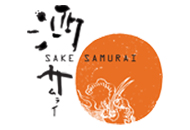
.png)
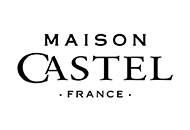
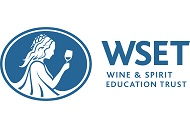
.png)


